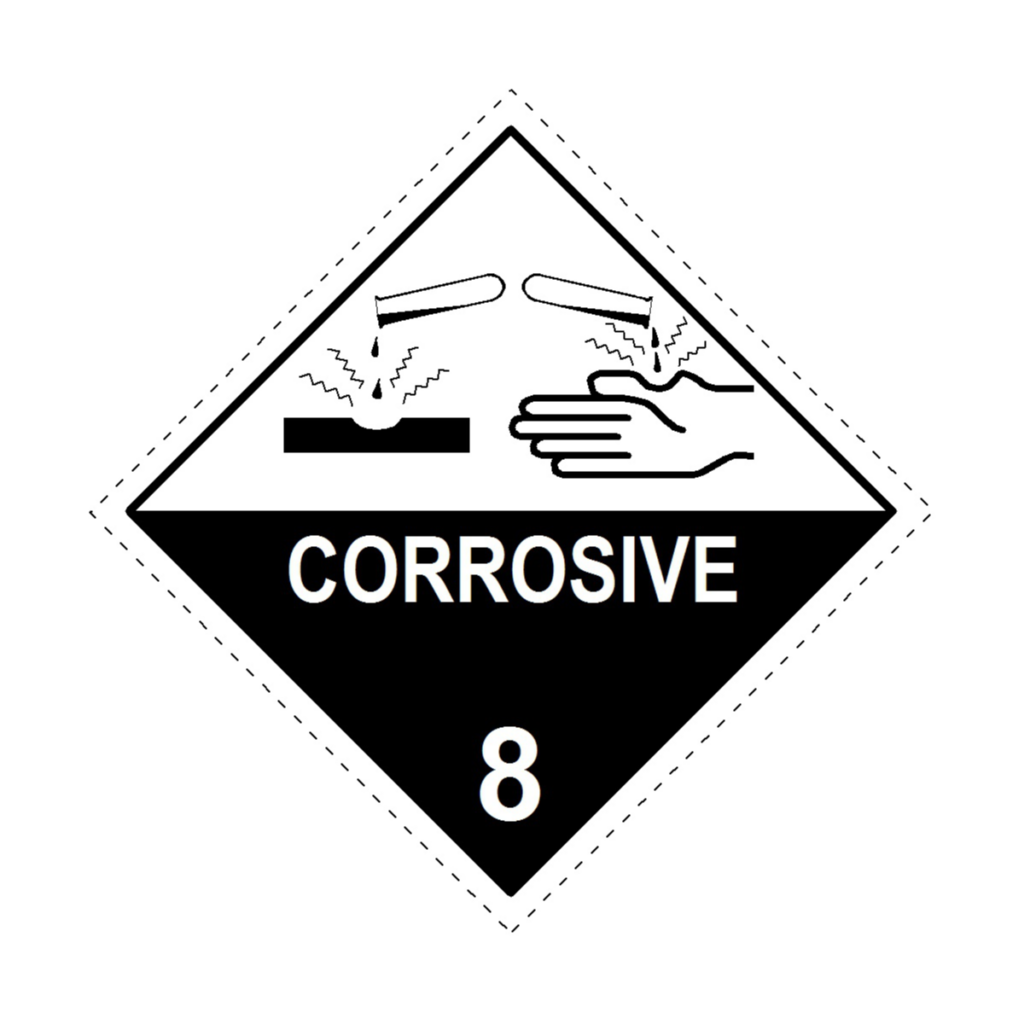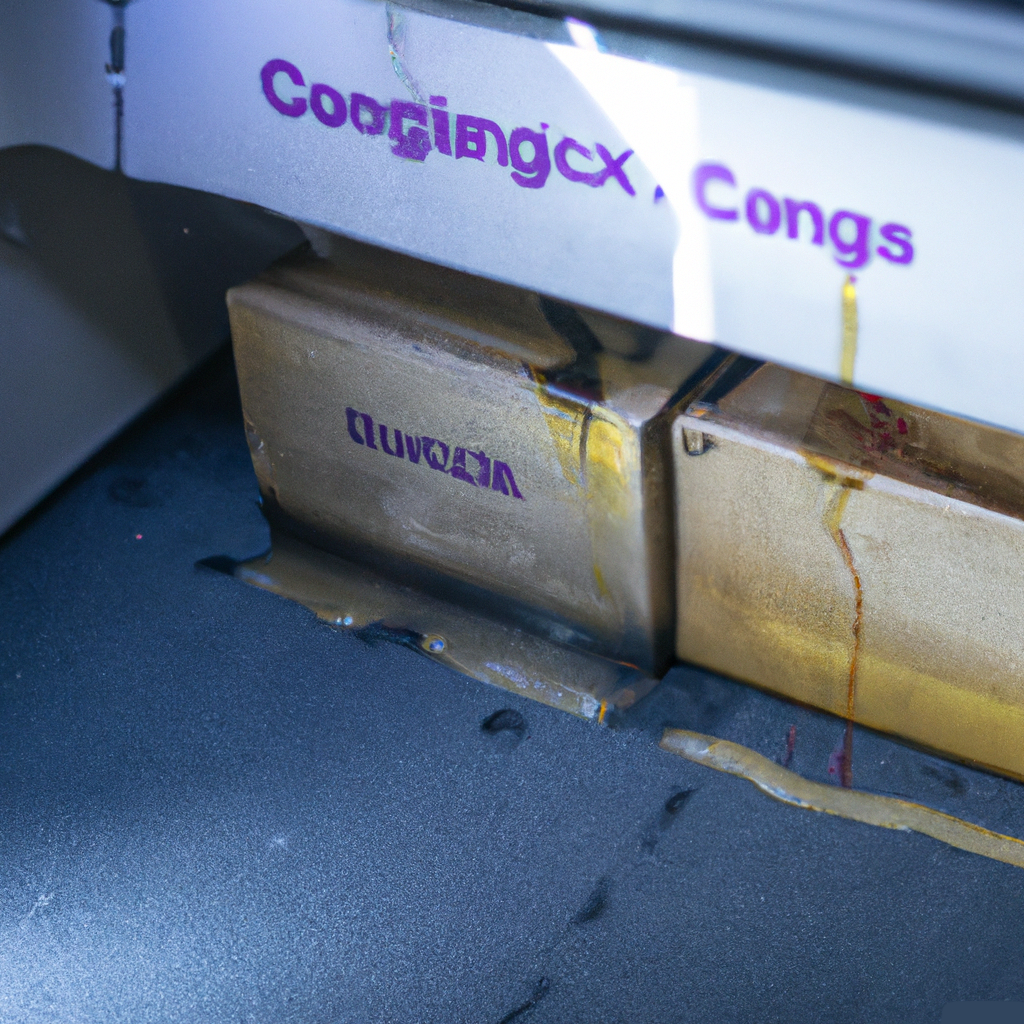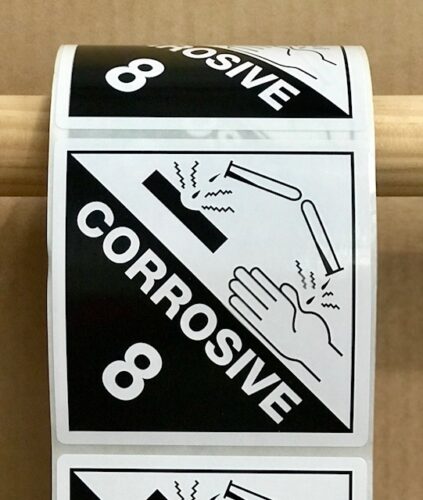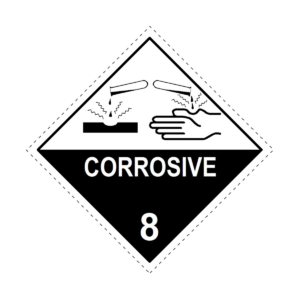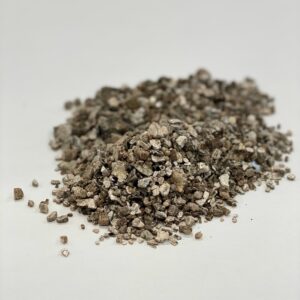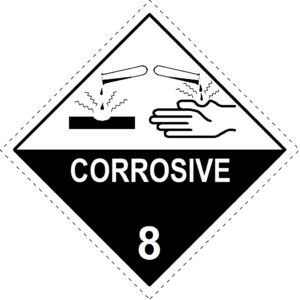ADGC - Road freight, Dangerous Goods Operations, Hazardous Chemicals, IATA - Air freight, IMDG - Sea freight
Corrosive Substances Transport Hazards
Transporting corrosive substances poses various hazards that can impact human health, the environment, and infrastructure. Here are some of the key hazards associated with the transportation of corrosive substances:
Human Health Risks
Skin and Eye Damage: Corrosive substances can cause severe burns and irritation to the skin and eyes upon contact. Even brief exposure can lead to significant injuries.
Inhalation Hazards: Inhalation of corrosive fumes or vapours can damage the respiratory system, leading to respiratory distress or other health issues.
Infrastructure Risks
Material Degradation: Corrosive substances can corrode and degrade the materials used in transportation containers, increasing the risk of leaks and spills.
Structural Damage: Corrosion can compromise the structural integrity of transport vehicles, increasing the risk of accidents and releases.
Transportation Accidents
Spills and Leaks: Accidents during transportation, such as spills or leaks, can expose people, wildlife, and the environment to the corrosive properties of the substance.
Fire and Explosion Risks: Some corrosive substances may react with other materials or substances, leading to fire or explosion hazards during transportation incidents.
Environmental Hazards
Soil and Water Contamination: Spills or leaks of corrosive substances can contaminate soil and water, harming ecosystems and potentially impacting the quality of drinking water.
Air Pollution: Corrosive vapours released into the air during transportation can contribute to air pollution, affecting air quality and posing health risks to nearby populations.

